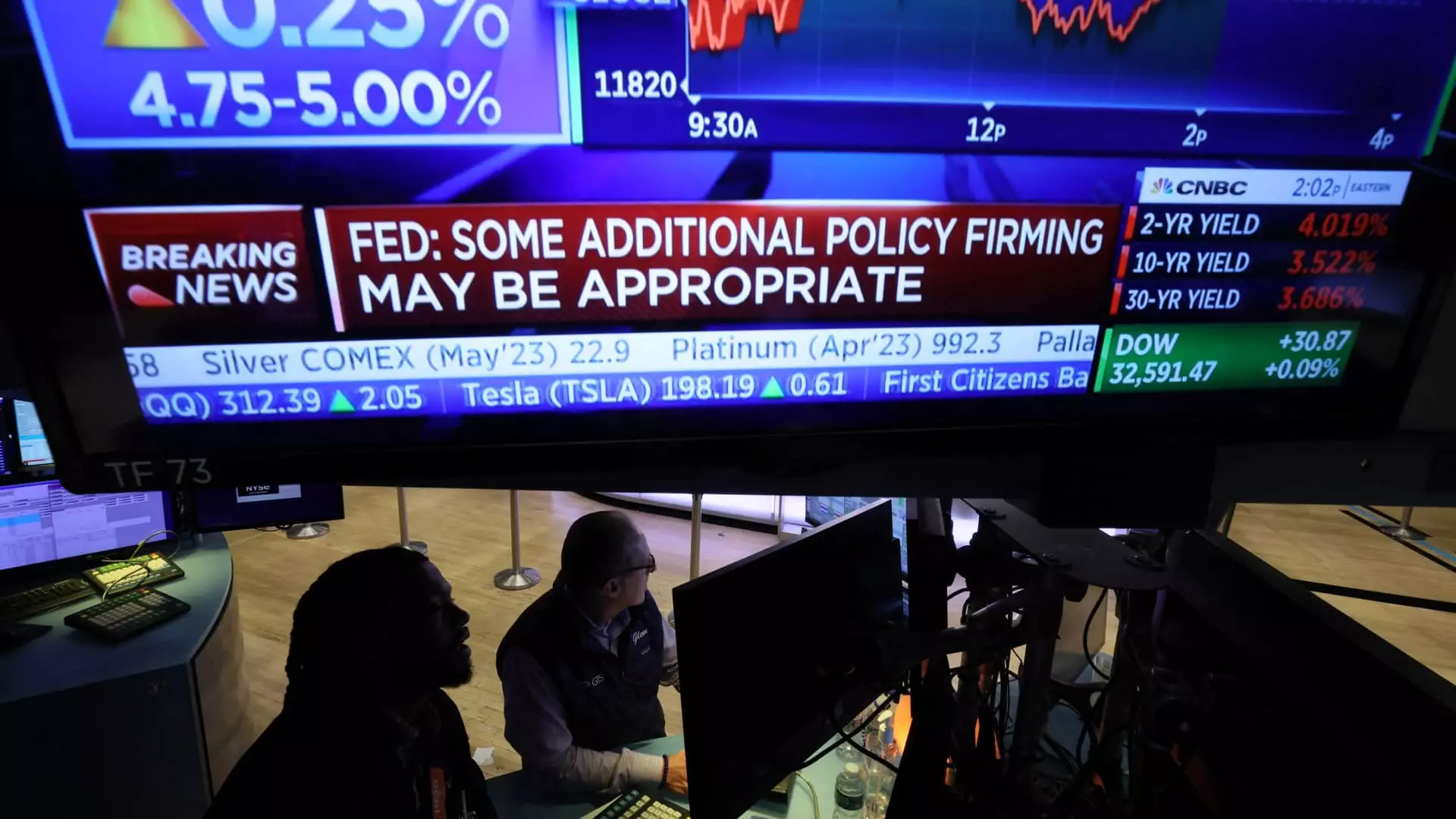Tony Dwyer, the chief market strategist at Canaccord Genuity, believes that the Federal Reserve may have new incentives to cut rates deeper in the second quarter of this year. His perspective is based on a deteriorating jobs market and easing inflation, which he thinks will ultimately push the Fed to take more aggressive action. Dwyer expressed his views in an interview on CNBC’s “Fast Money,” where he highlighted the concerning trends in incoming economic data that are driving his predictions.
One of the key points raised by Dwyer is the potential skewing of job market data due to falling employment survey participation rates. He suggests that the Bureau of Labor Statistics’ jobs report data may not accurately reflect the true state of the economy, leading to significant revisions that have predominantly been negative. Dwyer attributes this issue to a lack of a robust data collection mechanism rather than intentional manipulation. As such, he emphasizes the importance of rate cuts in response to the troubling economic indicators.
During the March Federal Reserve policy meeting, officials tentatively planned to implement three rate cuts this year, marking the first such cuts since 2020. Dwyer anticipates that these rate reductions will benefit financials, consumer discretionary, industrials, and health care stocks, which are poised for growth this year. He advises investors to focus on opportunities within these sectors rather than solely relying on mega-cap weighted indices, which currently dominate the market.
Dwyer predicts that market performance will become more evenly distributed by the end of this year and into 2025. He expects a broadening of earnings growth participation beyond the “Magnificent Seven” – a group of top-performing tech stocks including Alphabet, Amazon, Apple, Meta Platforms, Microsoft, Nvidia, and Tesla. While these tech giants have outperformed the broader market, Dwyer suggests that a more balanced approach to investing will be favorable in the coming years.
Despite the recent record highs in the S&P 500 and strong first-quarter gains, Dwyer warns that the market may be overbought and shows signs of being excessively bullish. He advises investors to be cautious and wait for better opportunities, particularly in light of worsening employment data that may prompt further rate cuts by the Federal Reserve. This cautious approach aligns with Dwyer’s belief that economic uncertainties should be a focal point for investors moving forward.

